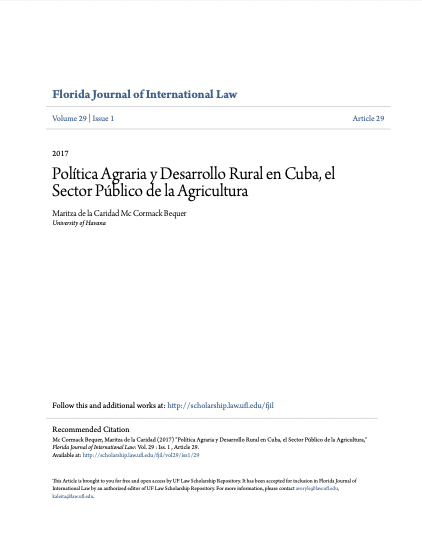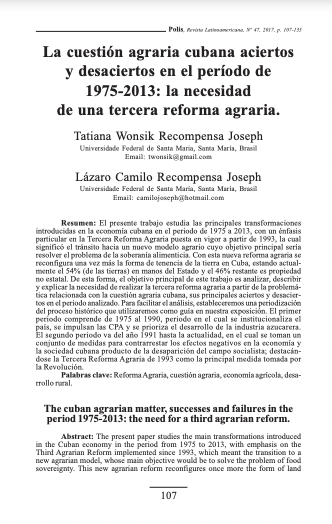Achieving Land Degradation Neutrality for People and Planet
UNDP’s support to countries on sustainable land management and restoration is designed to enhance livelihoods, secure food and water, build resilience and increase carbon storage and sequestration. Drawing on over 40 years of experience and expertise, UNDP assists countries to integrate land and related environmental concerns into national and sectoral development plans and strategies, secure resources, and implement programmes that advance inclusive, sustainable growth and development.



